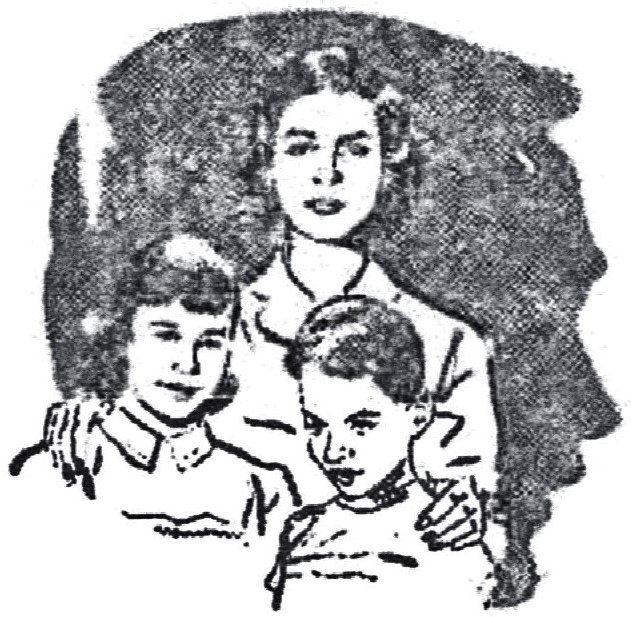Ten years on - Birthright in the 1960s

The types of one-parent families within New Zealand expanded rapidly in the 1960s. Changing social attitudes saw the annual number of unmarried women raising their child in a sole parent situation rise by 80% between 1963 and 1967 while the number of legally separated and divorced women rose by 49% between 1966 and 1971.
1961 saw the birth rate explode in New Zealand, with more than 65,000 babies born that year alone. The rate of unmarried mothers giving birth also doubled this year, from 12 in every 1000 women of childbearing age in 1945 to 24 per 1000. By 1962 this rate was 31.2 per 1000 women, eventually peaking at 44.4 per 1000 in 1971.
At Birthright’s first annual general meeting, held in Wellington in 1962, the President noted that there was an increasing awareness among the public of the existence of the organisation, and of how real and genuine the need within the community was for the type of assistance being given by its branches.
In 1966, eleven years after Birthright began, the tricky issue of unmarried mothers was tackled at its annual conference. Members eventually agreed that, as a matter of policy, branch societies could help this type of family if they wanted to but, as they did not come strictly under the rules of the Society, these families would not qualify for the distribution of grants from the national level. This issue would come up again at a national level in the 1970s.
By the end of the 1960s, the Status of Children Act had ended legal discrimination between children born within and outside registered marriage, removing the term ‘illegitimate’ from the statute books.
Read more about Birthright’s history and Birthright today.
